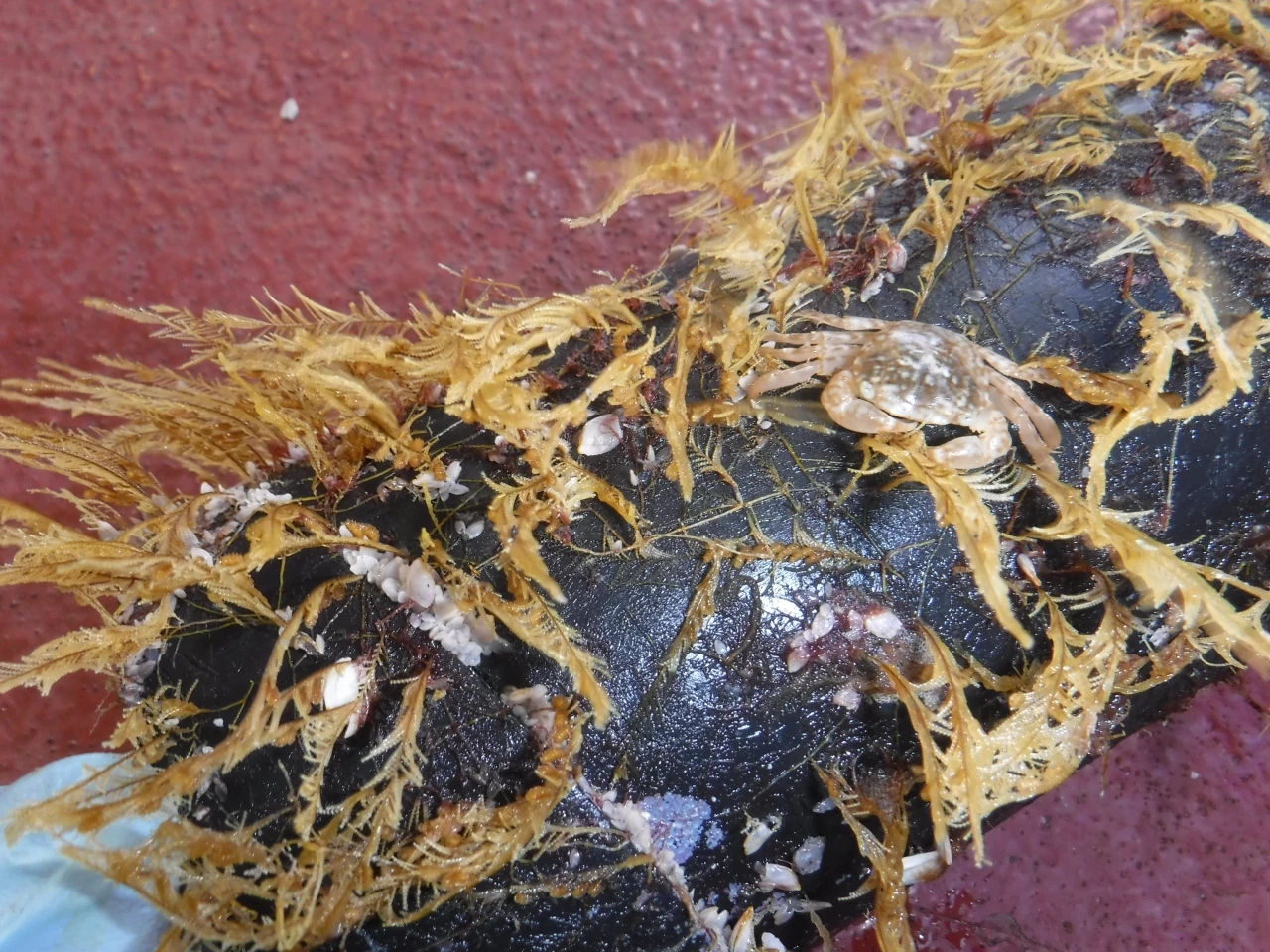Some of the ways plastic waste is reshaping the marine ecosystem are quite insidious, such as the tiny particles that organisms can consume and send traveling up the food chain. Others are plain to see, such as the larger pieces of trash that form the Great Pacific Garbage Patch. A new study has shown creatures typically inhabiting coastal areas are hitching rides out to sea aboard this trash, and are able to not just survive out in the open ocean, but thrive hundreds of miles away from home.
The Great Pacific Garbage Patch is situated in the North Pacific Subtropical Gyre, one of five ocean gyres formed by currents that carry plastic waste out to sea where they swirl around and around, building in concentration. No gyre features more plastic than this one – it covers more than 610,000 square miles and is home to an estimated 79,000 metric tons of trash.
While much of this is made up of microplastics, waste that has been broken down into tiny fragments by the forces of the ocean, many larger items also make their way out to sea, such as fishing nets, buoys and bottles. These are the items that are providing a new home for coastal species, carrying them out to sea and greatly extending their habitat.
“The issues of plastic go beyond just ingestion and entanglement,” said Linsey Haram, lead author of the study and former postdoctoral fellow at the Smithsonian Environmental Research Center (SERC). “It’s creating opportunities for coastal species’ biogeography to greatly expand beyond what we previously thought was possible.”
Scientists have observed type of thing before. The 2011 tsunami in Japan washed all kinds of objects out to sea, and saw nearly 300 coastal species attach themselves and raft across the open ocean over several years, washing up on the shores of Hawaii and the US. Confirmed evidence of coastal species living on plastic in the open ocean has been rare, however.
Haram and researchers from the Ocean Voyages Institute collected tons of plastic waste from the Great Pacific Garbage Patch as part of a sailing expedition, with some of the samples shipped to the Marine Invasions Lab at SERC. Analysis of these samples showed that a range of coastal species had colonized the floating trash, including anemones, hydroids and shrimp-like amphipods.

With plastic providing them a new habitat, these species were found to not only be surviving, but thriving, though questions remain as to exactly how. What these creatures are relying on for sustenance so far from home isn't clear, with the scientists speculating that they possibly drift into hotspots within the gyre where food is on offer, or the plastic is serving as a reef of sorts, drawing in additional food resources.
“The open ocean has not been habitable for coastal organisms until now,” said SERC senior scientist Greg Ruiz, who heads the Marine Invasions Lab where Haram worked. “Partly because of habitat limitation – there wasn’t plastic there in the past – and partly, we thought, because it was a food desert.”
The researchers say these new communities of coastal creatures in the open ocean represent a paradigm shift in marine science. They could have untold impacts on the ecosystem, where species native to the open ocean also colonize plastic debris, and they could also act as invasive species, inhabiting the open ocean for years before potentially invading new coastlines.
“Coastal species are directly competing with these oceanic rafters,” Haram said. “They’re competing for space. They’re competing for resources. And those interactions are very poorly understood.”
The researchers don't know how common these communities are and whether any exist beyond the Great Pacific Garbage Patch. But with more and more plastic waste washing into the ocean, there is good reason to expect that these colonies will grow and continue to blur the lines between traditionally distinct marine environments.
The research was published in the journal Nature Communications.
Source: Smithsonian Institution







